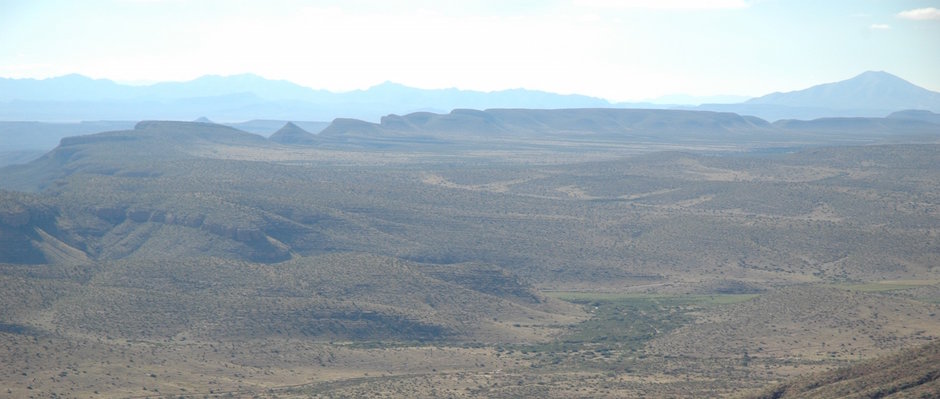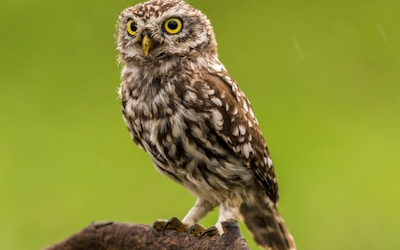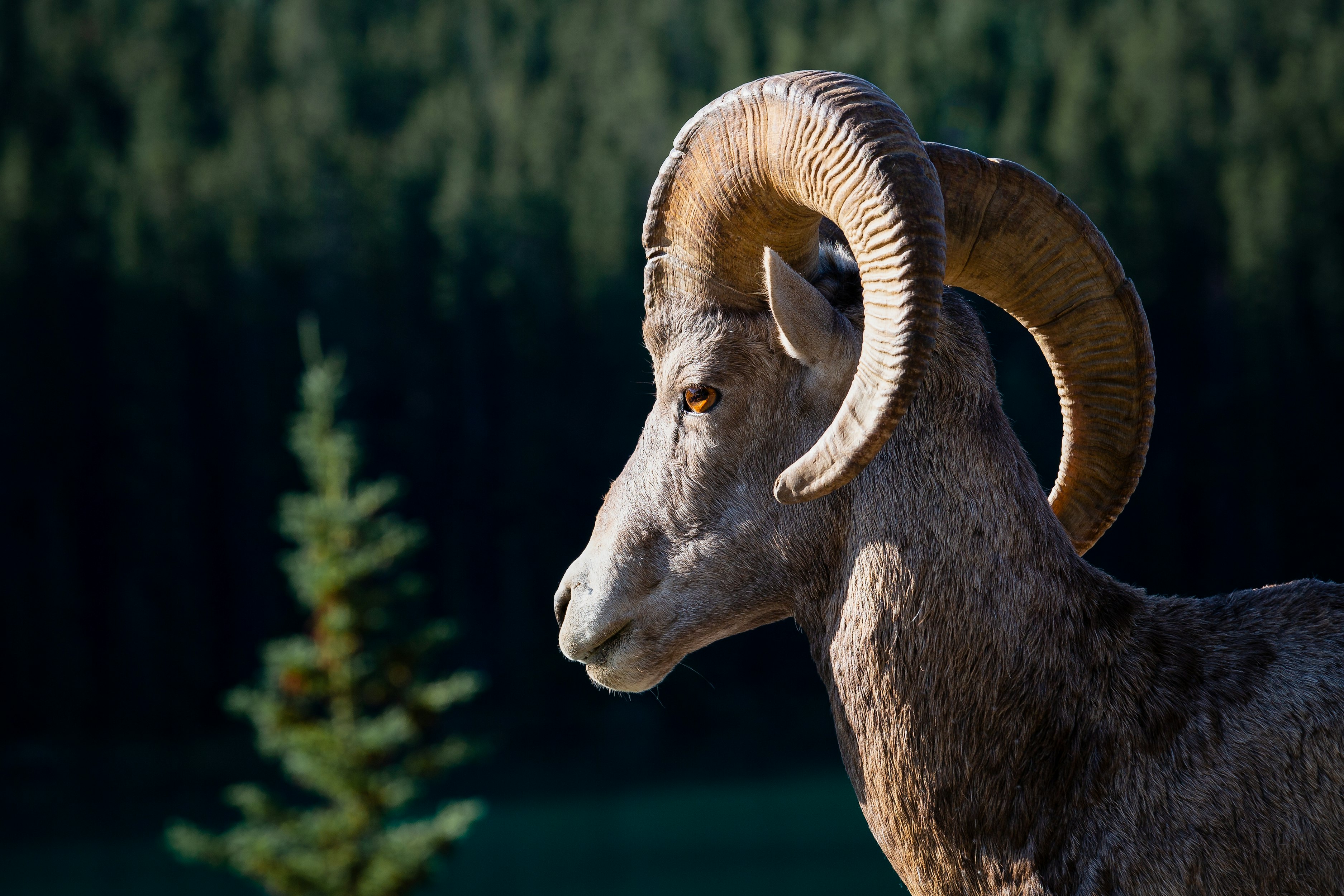Dire Wolves Were Real—and Even Stranger Than We Thought
Wolves have been in North America far longer than humans.
As described below, the dire wolf was about the same size as the Yukon wolf and the northwestern wolf, the largest modern gray wolves (Canis lupus). Dire wolves’ prey included Western horses, ground sloths, mastodons, ancient bison, and camels. Dire wolves and their prey went missing when humans arrived in North America, around 15,000 years ago.
NOTE: This article was originally published to NationalGeographic.co.uk on January 14, 2021. It was written by Andrea Anderson.
Feature photo: Dire wolves, with reddish fur, facing off against grey wolves. This image, made by artist Mauricio Anton in 2020, was done in consultation with researchers, who think it’s likely the animals had more reddish fur than previously thought, as new research shows the dire wolves are in the same “phylogenetic bracket” as dholes and Ethiopian wolves. – PHOTOGRAPH BY ILLUSTRATION BY MAURICIO ANTON
A study of extinct dire wolf DNA reveals surprises, including that the carnivores, made famous as fictional pets in Game of Thrones, weren’t closely related to wolves.
Even before appearing as fictional pets in the television series Game of Thrones, dire wolves had long captured imaginations. Weighing around 150 pounds, the creatures were larger than the heaviest of today’s grey wolves. They roamed throughout large swaths of the Americas and preyed on now extinct megafauna, such as Ice Age horses and ground sloths.
But much about them remains unknown. Where did they come from? How similar were they to today’s grey wolves? And why did they die out around 13,000 years ago, after surviving for hundreds of millennia?
In the first study of its kind, researchers have analysed several full genomes for these creatures, revealing a few surprises. Rather than sharing close genetic ties with the grey wolf (Canis lupus), as was expected from their resemblance, the dire wolves were evolutionarily distant cousins, long isolated in the Americas.
“Dire wolves and grey wolves look super similar morphologically, but the genetics say they are not related closely in any way,” explains Angela Perri, an archaeologist at Durham University, and co-author of a paper on dire wolf genetics published Wednesday in the journal Nature.
The new findings clarify relationships among members of the dog family, placing dire wolves (Canis dirus) in a New World lineage that split from the grey wolf’s ancestors some 5.5 million years ago, while further deepening the mystery around the dire wolf’s evolution and eventual extinction.
“The question now becomes: Is their extinction related to climatic and environmental change, or did humans and potentially other wolves and dogs and [diseases] coming in assist in pushing them out?” Perri says.

A 2008 reconstruction of Canis dirus, next to a group of Columbian mammoths. This image used the same coat pattern as modern-day gray wolves, though artist Mauricio Anton has since replaced this with a more reddish fur as in the previous image. Photograph by Illustration by Mauricio Anton
Dreadful wolf
The dire wolf—once classified in the genus Aenocyon, meaning “terrible” or “dreadful”—is a much mythologised carnivore known for its imposing size, specialised bone-cracking back teeth, and propensity for preying on large herbivores. It was just one of the remarkable animals that once roamed the Americas, along with immense cats, giant short-faced bears, huge sloths, and camels—a lost menagerie of creatures that couldn’t adapt to a changing world as the Pleistocene period ended.
Indeed, the iconic dire wolf loomed large in Perri’s imagination long before the current study began. “One of my questions had always been whether dire wolves were still around when humans entered the Americas,” and whether there was any interaction between the two, says Perri, who also studies human-animal interactions. (Related: In pursuit of real-life dire wolves, huskies may pay the price.)
When she and her colleagues started the dire wolf study several years ago, they knew there was one place with no shortage of dire wolf fossils: La Brea Tar Pits, an iconic “predator trap” in what is now Los Angeles.
But past efforts to extract substantial stretches of DNA from dire wolves, sabre-toothed cats, and other animals at La Brea have largely failed—the site’s hot, harsh environment cooks and shreds genetic material. The current team’s attempts didn’t fare much better.
“The tar pit is a hot, bubbly mess, and that doesn’t do very nicely for DNA preservation,” explains co-senior author Greger Larson, director of the University of Oxford’s palaeogenomics and bio-archaeology research network.
One La Brea sample did yield something new, though: a collagen protein sequence that let researchers compare dire wolves with domestic dogs, grey wolves, coyotes, and African wolves. Their conclusion? The dire wolf was dramatically different.
The dire wolf hunt
But the team needed more, since the sequence from a single protein is not all that informative when trying to define complex canid relationships, says Laurent Frantz, a researcher at Queen Mary University of London and the University of Oxford and study co-author.
So in 2016, Perri began crisscrossing the United States by bus, rental car, and airplane on a bone collecting tour that took her to museums and university collections to examine and collect bits of dire wolf bone, in a bid to get enough DNA for genetic analysis.
The trip was not without its challenges. Try explaining to airport security why you have a bag full of tooth splinters, bone fragments, a drill, and electronic measuring devices, Perri laughs. But the search paid off. And as she suspected, some researchers had dire wolf samples without even knowing it.
“Because they’re so morphologically similar to grey wolves, a lot of people don’t know whether they have dire wolves in their collections. They’re often just called ‘Wolf?’” Perri explains. “I worked my way around various parts of the U.S., digging through old boxes… spending a lot of time alone in various basements.”
Together with collaborators, she and her colleagues ultimately generated genetic profiles for five representative dire wolves from Ohio, Idaho, Tennessee, and Wyoming.

A 2008 sequence of drawings showing the step-by step anatomical reconstruction of dire wolves. The only significant change since then is that the coat is thought to be reddish-brown; their body shape remains the same. Photograph by Illustration by Mauricio Anton
The oldest sample clocked in at least 50,000 years old. The youngest appeared to be just shy of 12,000 years old, suggesting that some dire wolves overlapped with grey wolves, coyotes, dholes, gray foxes, and perhaps early humans.
The researchers scrutinised the dire wolf genomes alongside available sequences from the gray wolf, coyote, dhole, grey fox, African wolf, Ethiopian wolf, African wild dog, and Andean fox, along with new sequences for the black-backed jackal and the side-striped jackal, both found in Africa.
Through a series of genetic family tree analyses, the team demonstrated that the dire wolf was distantly related to other wolves, showing relatively closer ties to the African black-backed jackal and side-striped jackal.
The investigators estimate that the dire wolf lineage split off from the one leading to grey wolves around 5.5 million years ago, and remained isolated despite later overlapping in territory with other canid species for thousands of years. Such genetic seclusion is unusual between related canid species, which often do interbreed.
Coming into view
The new genetic insights influenced palaeoartist Mauricio Anton to make a new drawing of the dire wolf, which he has illustrated in the past. Gone is the long, dark coat, for example, since black fur and other adaptive traits are believed to have entered North American wolf populations via mixing with other canids on the continent, which dire wolves seemingly did not do. Other outward similarities remain, including a wolf-like head and body shape.
Beyond implications for understanding dire wolf origin and extinction events, the findings point to the independent evolution of very similar traits in dire wolves and grey wolves, experts say, highlighting the adaptive benefits of a wolf-like body as well as the diverse canid forms that once prowled different parts of the globe.
“That you would have this convergence in body form even though you have such a long period of separation suggests that the wolf body form is very, very successful, and clearly has been for a very long time,” says University of Alberta anthropological archaeologist Robert Losey, who was not involved in the dire wolf paper.
But ultimately, these advantages couldn’t prevent the dire wolf’s extinction. The team thinks it’s possible that incoming dog-like species and wolves may have out-competed dire wolves, or spread diseases that hurt them. Climate change might have also played a role, Perri says.



